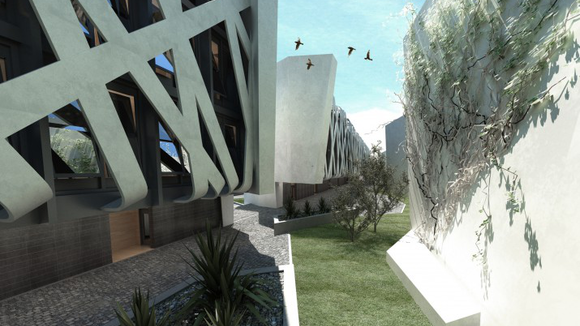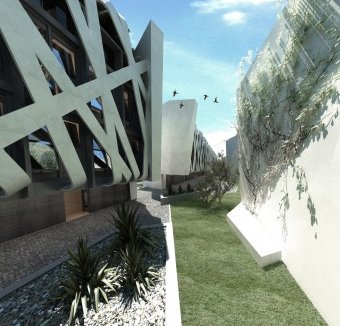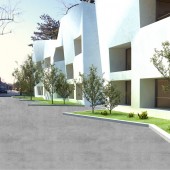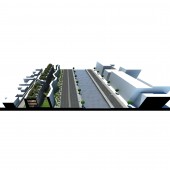1/6
The Lost Wall Historic Preservation
With the 1949 communist revolution, the social and cultural values of China were cataclysmically shaken and altered to such an extent that even long-practiced building methods that had defined urban living in China's capital city were viewed as outdated and no longer relevant. Chinese communists sought to create a fresh, new socialist utopia, and any cultural icon of China's past became suspect. In a race to build up China's industrial capacity, many historic structures were destroyed. They are also the victims of the city's concentric circled ring road highway construction. Also during the 1950’s, a city redevelopment master plan and the "Weigai" system created in the 1980’s have been transforming old "Hutongs" (neighborhoods) into new high-density residential neighborhoods. Historic preservation was put in the bottom of the list of the government’s agenda and not valued by the general public. It is often overshadowed by developers' redevelopment advertisements due to its high profit. Tomorrow’s sustainable architecture shall not be solely limited to green living and energy consumption; it should also be culturally sustainable to the city’s unique history and be part of the overall effort that conveys the urgent need for historic preservation in a city with such a deep cultural value.
发布于2018-12-25
设计师
Yu-Ngok Lo, AIA, LEED AP
设计奖项
A’设计大奖
2015 年
颜色






